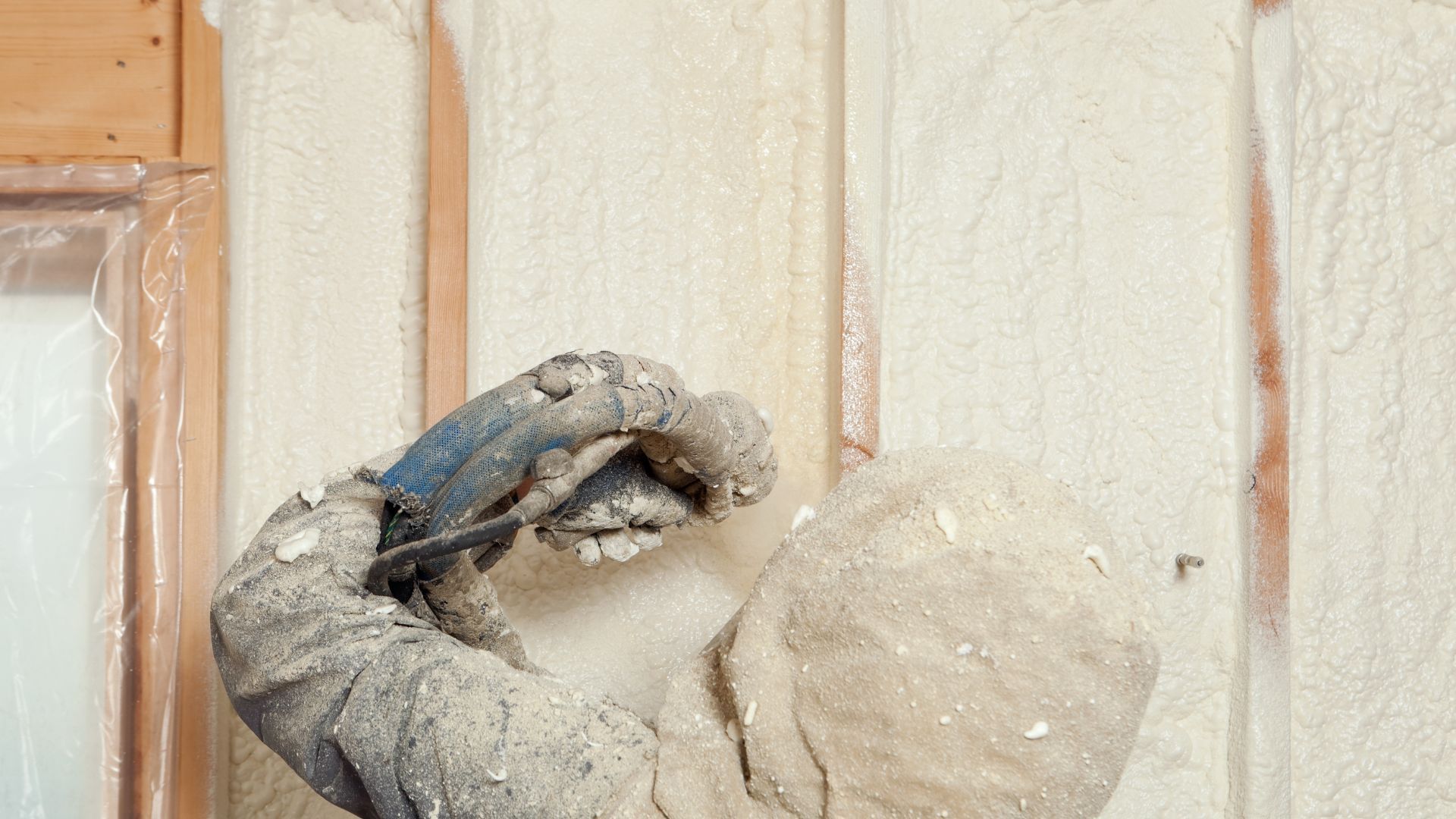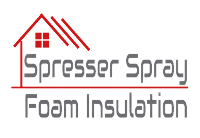Understanding the Impact of Spray Foam Insulation on HVAC Sizing and Design
Unveiling the Impact of Spray Foam Insulation on HVAC Sizing and Design

In the realm of building design and energy efficiency, the relationship between insulation and HVAC systems is paramount. Spray foam insulation has emerged as a game-changer in this dynamic, revolutionizing how HVAC systems are sized and designed. In this comprehensive guide, we'll delve into the intricate interplay between spray foam insulation and HVAC systems, uncovering the profound impact that insulation choices can have on HVAC sizing, design considerations, energy efficiency, and overall building performance.
Understanding Spray Foam Insulation: Spray foam insulation is a versatile insulation material renowned for its superior thermal performance and air sealing properties. It is applied as a liquid foam that expands to fill gaps, crevices, and voids, creating a seamless thermal barrier. Unlike traditional insulation materials like fiberglass or cellulose, spray foam insulation provides an airtight seal, effectively preventing air leakage and thermal bridging.
The Impact on HVAC Sizing: Spray foam insulation's exceptional air sealing capabilities have a significant impact on HVAC sizing. By minimizing air infiltration and heat loss, spray foam insulation reduces the heating and cooling loads on HVAC systems. This allows for downsized HVAC equipment, leading to cost savings on equipment purchases, installation, and operational expenses. Moreover, properly sized HVAC systems operate more efficiently, achieving optimal comfort levels while consuming less energy.
Design Considerations for HVAC Systems: When incorporating spray foam insulation into building designs, several factors must be considered to optimize HVAC system performance. Proper insulation levels, thermal bridging mitigation, and building orientation play crucial roles in determining HVAC sizing and design. Additionally, factors such as climate, building envelope tightness, and occupancy patterns influence HVAC system selection, ductwork design, and ventilation requirements.
Energy Efficiency Benefits
The synergy between spray foam insulation and HVAC systems unlocks numerous energy efficiency benefits. By reducing heating and cooling loads, spray foam insulation minimizes HVAC runtime, resulting in lower energy consumption and utility bills. Moreover, downsized HVAC equipment operates more efficiently, achieving higher SEER (Seasonal Energy Efficiency Ratio) and AFUE (Annual Fuel Utilization Efficiency) ratings. This not only reduces carbon emissions but also enhances the building's sustainability credentials.
Enhanced Comfort and Indoor Air Quality
In addition to energy savings, the combination of spray foam insulation and appropriately sized HVAC systems delivers enhanced comfort and indoor air quality. By eliminating drafts, cold spots, and temperature fluctuations, spray foam insulation creates a more consistent and comfortable indoor environment. Furthermore, the reduction of air infiltration helps mitigate indoor air pollutants, allergens, and moisture-related issues, promoting healthier indoor air quality for occupants.
Optimizing Building Performance: Ultimately, the integration of spray foam insulation and properly sized HVAC systems is pivotal in optimizing building performance. This holistic approach to building design prioritizes energy efficiency, comfort, and sustainability, aligning with modern standards and regulations such as LEED (Leadership in Energy and Environmental Design) certification. By considering insulation and HVAC systems as interdependent components, builders and designers can create high-performance buildings that meet the evolving needs of occupants and the environment.
Considerations for Implementation: When implementing spray foam insulation and HVAC systems, collaboration between architects, engineers, builders, and insulation contractors is essential. Clear communication and coordination ensure that insulation and HVAC design decisions are aligned with project goals, budget constraints, and performance expectations. Moreover, ongoing monitoring, commissioning, and maintenance are crucial to verifying system performance and addressing any potential issues that may arise.
Spray Foam Insulation Can Improve Indoor Comfort Levels In Conjunction With HVAC Systems?
Spray foam insulation plays a crucial role in enhancing indoor comfort levels when integrated with HVAC systems. Its exceptional air sealing properties create a tight thermal envelope, preventing air infiltration and reducing drafts, cold spots, and temperature fluctuations within the building. By effectively sealing gaps, crevices, and voids, spray foam insulation eliminates thermal bridging, ensuring consistent indoor temperatures throughout the year. Furthermore, spray foam insulation minimizes heat loss and heat gain, reducing the workload on HVAC systems. This allows HVAC systems to operate more efficiently, achieving optimal comfort levels while consuming less energy. With properly sized HVAC equipment and reduced energy consumption, occupants experience a more comfortable indoor environment without the need for constant adjustments to thermostat settings.
In addition to temperature control, spray foam insulation also contributes to improved humidity management. By creating an airtight seal, it helps prevent moisture infiltration and condensation buildup within walls and ceilings. This prevents the growth of mold and mildew, which can degrade indoor air quality and compromise comfort levels. With balanced humidity levels, occupants enjoy a healthier and more comfortable living environment. Moreover, spray foam insulation reduces noise transmission from outside sources, such as traffic or neighbors, creating a quieter indoor environment. This enhances overall comfort and allows occupants to relax and concentrate without disturbances.
Overall, the combination of spray foam insulation and HVAC systems creates a synergistic relationship that maximizes indoor comfort levels. By minimizing air infiltration, controlling temperature and humidity, and reducing noise transmission, spray foam insulation ensures a comfortable, healthy, and enjoyable indoor environment for occupants throughout the year. Spray foam insulation has a profound impact on HVAC sizing and design, reshaping how buildings are insulated and heated or cooled. By minimizing air infiltration, thermal bridging, and heating and cooling loads, spray foam insulation allows for downsized HVAC equipment, leading to cost savings, energy efficiency, and enhanced comfort. When integrated thoughtfully into building designs, spray foam insulation and properly sized HVAC systems create high-performance buildings that prioritize energy efficiency, comfort, and indoor air quality. As the industry continues to evolve, understanding the synergies between insulation and HVAC systems will be paramount in shaping the future of sustainable building design and construction.
SPEAK TO A TEAM MEMBER TODAY

All Rights Reserved | Spresser Spray Foam Insulation
Website Managed by
Leads By Vinny